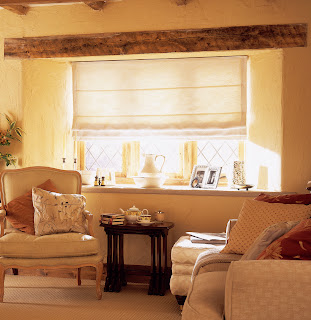Choosing the right colour scheme for your home can be extremely enjoyable. It can also be a bit intimidating. The sheer number of colour choices available may leave you wondering where to begin. Remember that decorating a home is an expression of your own personality. Don’t be afraid to trust your instincts. You will be most comfortable living with a colour scheme that reflects your own personal style and taste.
Making a preliminary list of favourite colours can be a good place to start the process. One option when choosing colour schemes is take a cue from your furnishings. Look for a colour palette in a favourite painting, cushion or drapery. Once you’ve chosen a few colours, take them on a tour. To avoid jarring changes in style and ambiance, you’ll want a palette that takes the whole home into consideration. Take note of how the light at various times of the day affects the colours. A trip outside may inspire you as well.
 There are a variety of types of colour palettes to consider for your home’s colour scheme. An analogous palette features colours next to each other on the color wheel, such as greens and blues. A monochromatic colour palette consists of varying shades of a single colour. A complementary color palette includes colours in opposite sides of the color wheel. You need not feel bound by any one particular type of palette. A monochromatic room in deepening shades of sage green may benefit from a pop of a complementary-hued coral.
There are a variety of types of colour palettes to consider for your home’s colour scheme. An analogous palette features colours next to each other on the color wheel, such as greens and blues. A monochromatic colour palette consists of varying shades of a single colour. A complementary color palette includes colours in opposite sides of the color wheel. You need not feel bound by any one particular type of palette. A monochromatic room in deepening shades of sage green may benefit from a pop of a complementary-hued coral.White and black hold unique roles in a colour palette. White has a cohesive effect, connecting incongruent colours. White can also subdue dramatic shades. White trim is a popular option for achieving a unified effect. While the drama of the colour black can be overwhelming to some decorating styles, touches of black, such as a black ottoman or end table, can add a feeling of solidity or gravitas to any décor.
Once you've chosen a base color, purchase some sample jars of paint. Since paint always changes colour when it dries, it is a good idea to paint several sample squares of a colour in various shades on a wall. Wait a day or two before committing a colour to a whole room.





